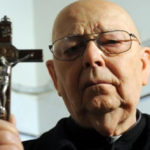 Food
Food  Food
Food  History
History 10 Odd Things Colonial Americans Kept at Home
 Weird Stuff
Weird Stuff 10 Superstitious Beliefs That Once Consumed Entire Cultures
 History
History 10 Bizarre Friendly Fire Incidents in Military History
 Technology
Technology 10 Modern Technologies That Accidentally Imitate Ancient Magic
 Mysteries
Mysteries 10 Mysteries of the Human Genome
 Weird Stuff
Weird Stuff 10 Things So Rare They’ve Only Been Found Once
 History
History 10 Legends Whose Last Moments Undid Their Glory
 Health
Health 10 Futuristic Ideas to Treat Common Medical Problems
 Weird Stuff
Weird Stuff Ten Surreal Attempts to Reverse Baldness
 Food
Food 10 Everyday Foods You Didn’t Know Were Invented by the U.S. Military
 History
History 10 Odd Things Colonial Americans Kept at Home
 Weird Stuff
Weird Stuff 10 Superstitious Beliefs That Once Consumed Entire Cultures
Who's Behind Listverse?

Jamie Frater
Head Editor
Jamie founded Listverse due to an insatiable desire to share fascinating, obscure, and bizarre facts. He has been a guest speaker on numerous national radio and television stations and is a five time published author.
More About Us History
History 10 Bizarre Friendly Fire Incidents in Military History
 Technology
Technology 10 Modern Technologies That Accidentally Imitate Ancient Magic
 Mysteries
Mysteries 10 Mysteries of the Human Genome
 Weird Stuff
Weird Stuff 10 Things So Rare They’ve Only Been Found Once
 History
History 10 Legends Whose Last Moments Undid Their Glory
 Health
Health 10 Futuristic Ideas to Treat Common Medical Problems
 Weird Stuff
Weird Stuff Ten Surreal Attempts to Reverse Baldness
10 Eerie Paranormal Tales From Ireland
Ireland is famous for its vast mythology. From leprechauns and fairies to banshees and kelpies, the Emerald Isle has at least as many legends as it has real, recorded history. But not every Irish legend is fairy tale material. The country has plenty of paranormal myths and ghost stories that are as creepy as they are mysterious. Here are some of the strangest ones.
10 The Moving Virgin Mary Of Ballinspittle
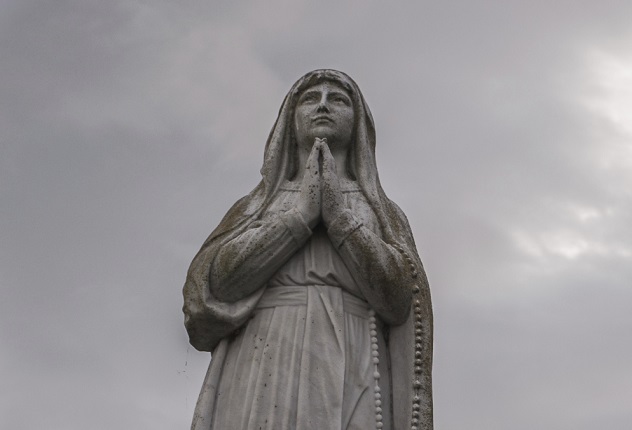
There are many Virgin Mary statues that are said to have mysterious properties. However, most of them are limited to crying or bleeding. In 1985, a particular Irish statue of the Holy Mother showed some special abilities stronger than that: It started moving.
The moving Virgin Mary statue of Ballingspittle was first witnessed by a retired police sergeant who saw it begin levitating in the grotto of the church. At first, he didn’t believe his own eyes—after all, the statue was solid concrete—but after inspecting it the following day and realizing there was no chance of foul play, he became convinced that he had witnessed a miraculous event.
The legend of the statue started spreading and others started claiming they had also seen it move. Of course, the phenomenon was—and still is—widely disputed. Scientists have written the statue’s abilities off as an optical illusion and even the Irish Catholic Church doubts the story. Despite all this, believers in the phenomenon stand by their claims. Some say they can still see the statue move sometimes.
9 The Black Cat Of Killakee
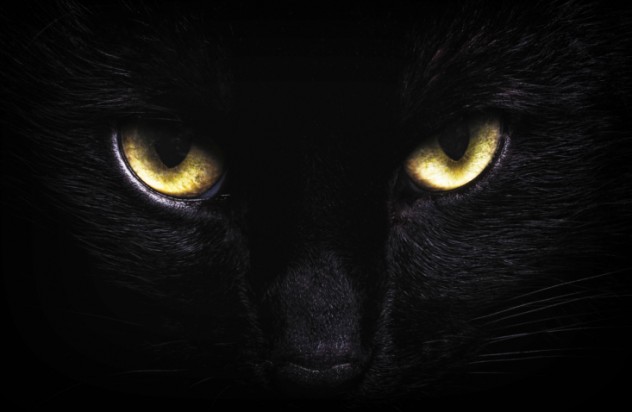
Many large houses have cats roaming around the grounds, hunting rats and doing whatever it is cats do all day. The Killakee House in Dublin was particularly unfortunate in this respect, because the cat stalking its halls and grounds was clearly supernatural, if it was an animal at all.
The Black Cat of Killakee is an old, legendary creature that has reportedly been sighted in the area for centuries. However, its legend really sprung to life in 1968, when a young couple bought the rundown Killakee House and started renovating it. The workers soon reported strange sounds and eerie events, which culminated when a huge black cat with glowing demon eyes started haunting them. The animal appeared and vanished in the blink of an eye and scared the workers greatly. The lady of the house first thought the workmen were merely superstitious, but soon, she and her husband started encountering the beast as well. The Black Cat appeared in hallways and areas with clearly locked doors, staring and snarling at frightened witnesses.
Before long, an exorcism was performed in the premises. This took care of the cat—at least, for a few months. An unwitting séance held by a group of actors not only brought the Black Cat back, but also caused the house to be haunted by a pair of ghostly nuns.
8 The Jervis Ghosts

In 2011, a video of a poltergeist-like invisible ghost throwing fruit around in the Jervis shopping center surfaced online. It has since been taken down, so its authenticity is dubious, but the area has such a storied reputation when it comes to paranormal that a fruit poltergeist is actually far from the strangest thing to have happened there.
Parts of the shopping center have a history as an old hospital, and as such, it has seen its share of human suffering. Various people have reported ghostly singing and figures wandering the area. Most of these ghosts appear to be residual haunting (certain events playing over and over again) from the building’s history, oblivious of what is going around. At least one shopper has reported an encounter with a mysterious mumbling woman who was clearly looking directly at him before turning around and vanishing in front of his eyes. According to legend, a particularly notable ghost of the area is Lord Norbury, a ruthless 19th-century judge who was cursed by the widow of one of his victims to forever wander the Jervis area as a large black dog carrying heavy iron chains.
7 Malahide Castle
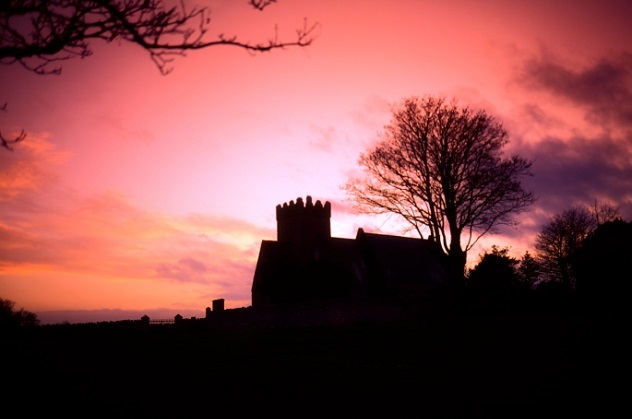
Any 800-year-old castle with a bloody history is bound to have at least one ghost wandering around. Dublin’s Malahide Castle is no exception. In fact, Malahide is famous for no fewer than five resident ghosts. The spectral Lord Galtrim—who died violently on his wedding day in the 15th century, after which his bride married his biggest rival—is said to wander the castle grounds at night, groaning from the pain of heartbreak and spear wounds alike. The beautiful, anonymous White Lady in a large painting in the main hall has been reported to leave her painting to walk the corridors at night. Another lady, Maud Plunkett, roams the same corridors, forever chasing her husband’s unseen ghost. A ruthless lord called Miles Corbet is sometimes seen as an imposing armored soldier who suddenly breaks into pieces.
The most interesting of the castle’s ghosts is Puck, a small, reclusive jester who was a caretaker of the castle during the rule of Henry VIII. There are at least two variations of his legend: Some say his lover was taken away and he was found stabbed through the heart, while others claim he hanged himself for seemingly no reason at all. In both versions of the story, Puck vowed to haunt and protect the castle after his death. Many are certain that he kept his promise, as the small caretaker has made numerous appearances throughout the years. His most regular haunt appears to be Puck’s Staircase, the stairway to the turret where he used to live. It is said he also appears in many photos taken by the tourists. Even exterior shots sometimes show his impish features in the ivy of the castle’s walls.
6 The Dunsandle Mantelpiece
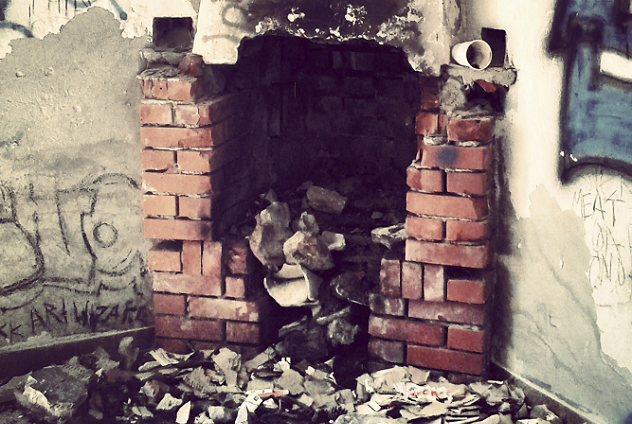
It is said that ghosts are often tied to a certain location. However, if you take a souvenir of that location away with you, it might be that the ghost decides it’s grown rather fond of its favorite goblet and follow it instead. After all, it’s probably dying for a change in scenery.
A 20th century stoneworker in Athenry found this out the hard way when he dismantled a fireplace in the old Dunsandle House. He liked the mantelpiece and took it with him to his workshop. Unfortunately for him, the ghost of a tall man haunted Dunsandle House—and it had attached itself to the mantelpiece. Suddenly, the stoneworker’s unassuming workshop was as haunted as the worst ghost house. Objects were flying around and a strange fiddle played at night. Presumably, the ghost himself made a few appearances as well—how else would they have known it was a tall man?
Eventually, the stoneworker was able to make the apparition stop. The legend doesn’t state whether he achieved this by smashing up the mantelpiece or returning it to the haunted house, but chances are he played it safe and returned it. After all, when you already have an angry ghost breaking stuff in your workshop, you don’t really want to make it even angrier by smashing the only thing it can call home.
5 St. Michan’s Church
St. Michan’s Church is a 330-year-old building sitting on a site that’s almost 600 years older. It is built directly on top of a number of huge 500-year-old burial vaults. These vaults are still full of corpses, stacked in coffins and eerily well-preserved. Some of the coffins have crumbled, while others have collapsed into piles where corpse limbs are sticking out from a mound of broken wood. Some are even completely open, revealing the mummy-like figures within.
Eerie as they may seem, the burial vaults of St. Michan’s are a popular tourist attraction. Many visitors have reported feeling a strange presence, as if there was a “pressure” of living people all around them. The vaults are also filled with a strange murmuring noise, as if many people were whispering just far enough away that you can’t quite make out the words. All of this creates a truly unique and creepy experience that makes it difficult to think that ghosts don’t exist—especially for the many visitors who have been touched by icy, spectral fingers during their visit.
4 Gravediggers Pub
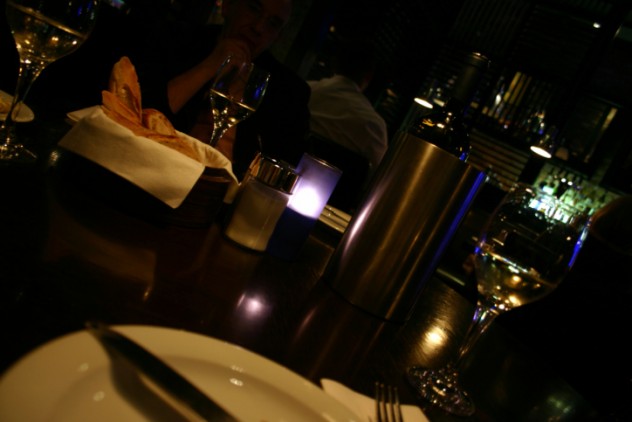
John Kavanagh’s pub, commonly known as The Gravediggers, was established in 1833 and is the oldest family pub in Dublin, currently operated by the sixth generation of the Kavanagh family. The pub is located near the large Glasnevin cemetery, and as such, many of its patrons have been gravediggers, body snatchers, and other people who work with the dead for a living. The pub received its nickname because these grim men had a habit of shoveling dirt against the pub’s wall before entering. This gave the landlord time to pour them a pint as they leaned their shovels on the wall and entered.
With traditions like this, one would assume that the pub has a history of violence and the kinds of ghosts that might haunt it are frightening apparitions. This could not be further from the truth. Although the pub does have a resident ghost, it is actually one of the most harmless spirits around. The specter is a neatly dressed elderly man with a white beard and all it wants is a quiet pint of Guinness in the corner before disappearing. The ghost, thought to be an ancient relative of the Kavanagh family, is apparently a regular at the pub and has been spotted by many a patron. The pub owners encourage offering the ghost a pint if you ever see him.
3 The Vanishing Island Of Ballycotton

In 1878, the people of the small seaside town of Ballycotton received the surprise of a lifetime when a brand new island had suddenly appeared in the ocean. It was apparent that this was neither a whale nor a sea monster, as the people could plainly see the newborn island’s coastline, complete with very real forests and fields. After staring at the mysterious island for a while, a few fishermen took their boats to sea to check out their newest neighbor. However, before they managed to get too close, the entire large island suddenly vanished in thin air.
Strange as this event may seem, these mysterious phantom islands have actually been reported in several coastal areas of Ireland. Ballyheigue Strand, Carrigaholt, and Ballyinalearne Bay have all experienced a similar event, along with certain areas of the neighboring Scotland. Although generally written off as detailed mirages and other optical illusions, there is another intriguing theory. Old Irish legends tell of a fantastical island of plenty known as Hy Brasil. This legendary island is supposed to be shrouded from the human eyes, only becoming visible once every seven years. The island is supposed to be located somewhere off the western coast of Ireland and several people have reported either visiting the place or witnessing its appearance and disappearance.
2 Dobhar Chu

Most countries have at least one mythical monster lurking in their waters or forests, and Ireland is no exception. In fact, the whole island is littered with legendary beasts and cryptids, but possibly the most impressive of them all is Dobhar Chu. It’s often thought to be a sort of Irish version of the Loch Ness Monster, but Dobhar Chu is actually almost the polar opposite of Nessie. Where the latter is a more or less peaceful theoretical Scottish plesiosaur, the former is a bloodthirsty, crocodile-sized beast with an appetite for human flesh.
Dobhar Chu is said to look like a combination of a wolfhound and a fish, and in fact, its name translates to “water hound.” It is extremely fast and agile both in and out of water, always ready to attack the unwary. Dobhar Chu live in small populations and may be migratory, so their hypothetical numbers are unknown. Equally mysterious is their “true” appearance. Although they’re generally reported as ugly, dark, and dangerous fish-monsters, some sources present them as aquatic mammals that look a bit like massive otters. The latter version is supported by the Dobhar Chu’s reputation as “the father of all otters.”
Although Dobhar Chu is clearly a cryptid and its existence is debatable, it is worth noting that attacks and sightings have consistently been reported for centuries, from the earliest written documents dating all the way back to the early 18th century to the most recent ones in 2000. What’s more, some have pointed out that its possible migratory nature could link it to similar lake monsters, such as the one that attacked swimmers in Canada’s Port Dover in 2001 and the famous “Bessie” of Lake Erie in the US.
1 Corney the Ghost
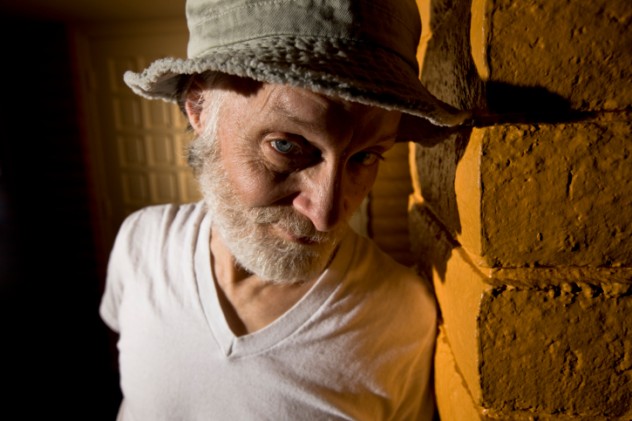
Most ghosts have great difficulty communicating with the living. In the rare instances where they can do so, they are usually confined to poltergeist activity and speaking through mediums and Ouija boards. Corney, a poltergeist that haunted a household in Dublin in the early 20th century, had no such problems. He manifested himself by imitating the thumps caused by a crutch that the family’s head was using at the time. After he had announced his presence in this way, he spoke to the family and servants in a booming voice that sounded like it came from inside a barrel. “Corney” was the family’s nickname for him—the ghost accepted it, but pointed out that it was not his true name.
Corney soon proved to be a complete nuisance. He continually played practical jokes on the servants, who were deathly afraid of him. Thinking that he was confined to the coal cellar of the kitchen, they requested new quarters in the highest floor of the house. The second they moved there and were about to go to sleep, the doors were slammed open and they were taunted by Corney, who gleefully informed them he was not confined in any part of the house and could go as he pleased. These tricks would go on and on, and eventually signs of Corney’s true nature started to emerge. He stated that he had been a bad man that had died a bad death and could not tell where he was, metaphysically speaking, because God would get angry. He was unable to speak when priests visited the house and sometimes had mysterious ghostly visitors who left soot marks behind them.
Despite all these hints toward his hellish nature, Corney was eventually accepted as a part of the household, although only temporarily—his cruel pranks and slightly malicious nature were eventually too much for the family and they started to consider moving. At first, Corney sabotaged their attempts to sell the house by speaking to potential purchasers and driving them away, but the lady of the house—the only person Corney seemed to genuinely respect—convinced him to let them move away. Within half an hour, the house was sold to a wealthy widow and the family was finally free to find a ghost-free home.
The story doesn’t tell what happened to the widow, but presumably she wasn’t a big fan of Corney—the house was soon listed as “vacant” again.
+ UFO Hotspot
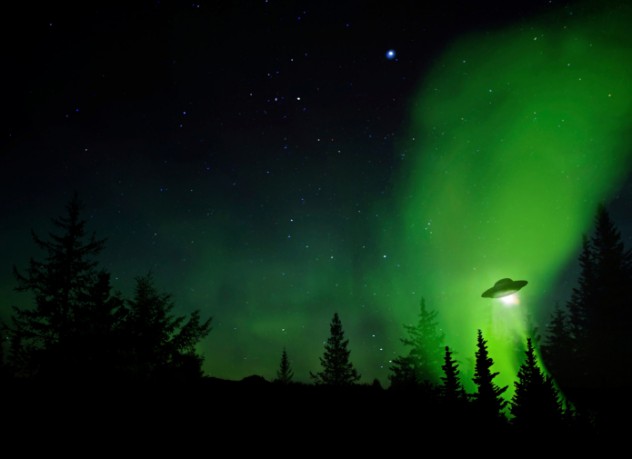
Ireland’s nature is so beautiful that it sometimes seems to be out of this world. Perhaps that is why the Emerald Isle is said to be a particularly attractive place for aliens. According to Carl Nally, UFO expert and founder of UFO and Paranormal Research Ireland, the country is such a hot spot for alien activity that Irish pilots are in constant danger of colliding with the alien crafts zipping around the skies. He says he has met many pilots who have almost crashed with a strange cloud that had solid objects hiding inside them, some of whose encounters have been caught on tape.
Nally even believes that the 1968 Tuskar Rock air tragedy, a mysterious accident where the crash of an Aer Lingus plane which killed 61 people, was caused by a collision with a UFO. According to him, the most dangerous areas for pilots are Cork, Roscommon. and Wicklow.
Pauli Poisuo also writes for Cracked.com. Why not follow him on Twitter?





